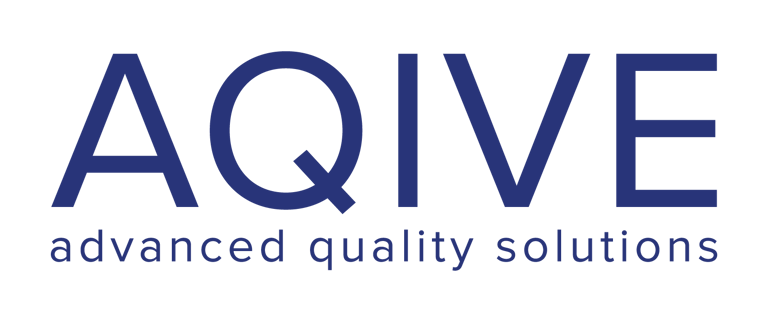Holistic Approach to Quality and CoPQ Reduction
A data-driven approach to transform your quality management and significantly lower the Costs of Poor Quality (CoPQ)
Muhamed Sabanovic
10/11/20243 min read


While Corrective and Preventive Actions (CAPA) and addressing customer claims are essential, they only tackle visible quality issues. To achieve sustainable improvement and reduce the Costs of Poor Quality (CoPQ), companies must look beyond surface-level problems and assess their entire operation for hidden root causes.
Quality - A Chain Reaction of Processes
Every business process, from procurement to production, plays a role in shaping the final quality of products and services. Quality failures can often be traced back to inefficiencies in these upstream processes. For example, delays in material procurement or miscommunication between teams can lead to production defects or delayed deliveries, affecting overall customer satisfaction.
The True Cost of Poor Quality
CoPQ doesn’t just come from product recalls or customer complaints; it’s also hidden in waste, inefficiencies, and internal failures that don’t immediately show up in reports. Addressing only external issues, like incoming claims, leaves these hidden costs unchecked. This not only erodes profitability but also perpetuates recurring quality problems.
Limitations of a CAPA-Only Approach
Relying solely on CAPA is reactive. CAPA addresses issues after they’ve already occurred. While it helps resolve visible problems and satisfies immediate customer needs, it doesn’t address the root causes of quality failures embedded in daily operations. To truly improve, companies need to take a proactive approach, focusing on preventive measures across all processes.
A Holistic Quality Strategy
To reduce CoPQ and improve quality, organizations need to assess all business processes, not just the ones involved in customer complaints. Here’s how:
End-to-End Process Assessment
Assessing all business functions helps uncover inefficiencies and bottlenecks that lead to quality issues. Tools like Process Mapping can help visualize this.Extended Root Cause Analysis
Applying Root Cause Analysis (RCA) proactively across the organization can identify hidden problems before they escalate.Failure Mode and Effects Analysis (FMEA)
FMEA helps identify potential failure points in processes, enabling companies to fix them before they cause defects.Leadership and Collaboration
Quality improvement requires leadership commitment and cross-department collaboration. Embedding quality into the company culture ensures that every team contributes to higher standards.Leveraging Digital Transformation
Digital transformation can be a powerful enabler in identifying and resolving hidden root causes of poor quality. Using data analytics, artificial intelligence (AI), and real-time monitoring systems, companies can collect and analyze data across all processes, detecting inefficiencies that would otherwise go unnoticed. Automated quality checks, predictive maintenance, and digital twins are examples of how digital tools can enhance operational visibility, reduce errors, and prevent quality failures before they occur.
Uncovering Hidden Costs
A holistic approach often reveals hidden CoPQ—wasted resources, delays, and inefficiencies that don’t directly show up as customer complaints but impact the bottom line. For example, inefficient use of materials or poorly maintained equipment can lead to production slowdowns, indirectly lowering overall product quality.
Conclusion
Quality is the sum of all business processes, and addressing it sustainably requires a holistic approach. By assessing every area of the business, identifying hidden root causes, and taking proactive measures, including digital transformation, companies can reduce Costs of Poor Quality (CoPQ) and improve customer satisfaction, operational efficiency, and overall business performance.
#QualityManagement #CoPQ #ProcessImprovement #RootCauseAnalysis #CAPA #ContinuousImprovement #DigitalTransformation #SustainableBusiness #OperationalExcellence #DataDriven #FMEA #BusinessProcessOptimization #ProactiveQuality #CostReduction #ArtificialIntelligence
